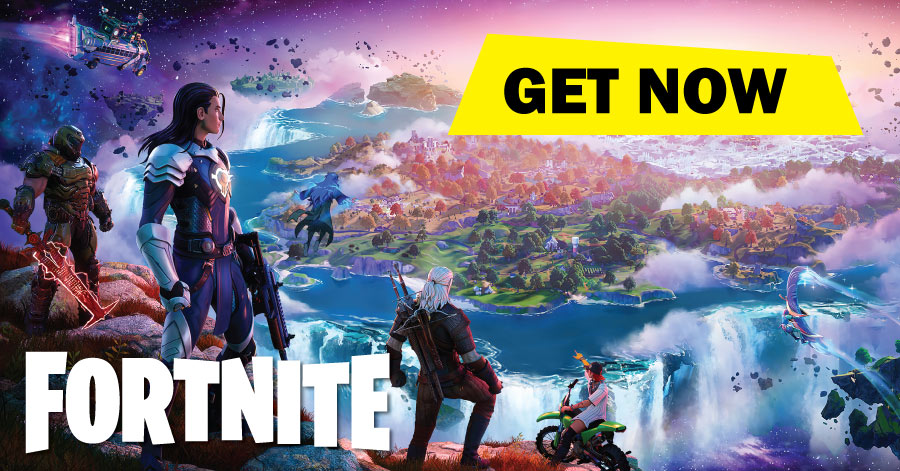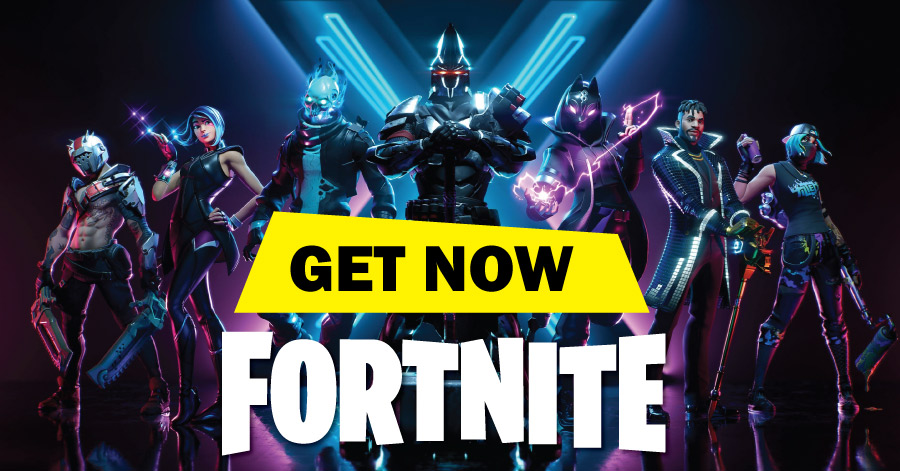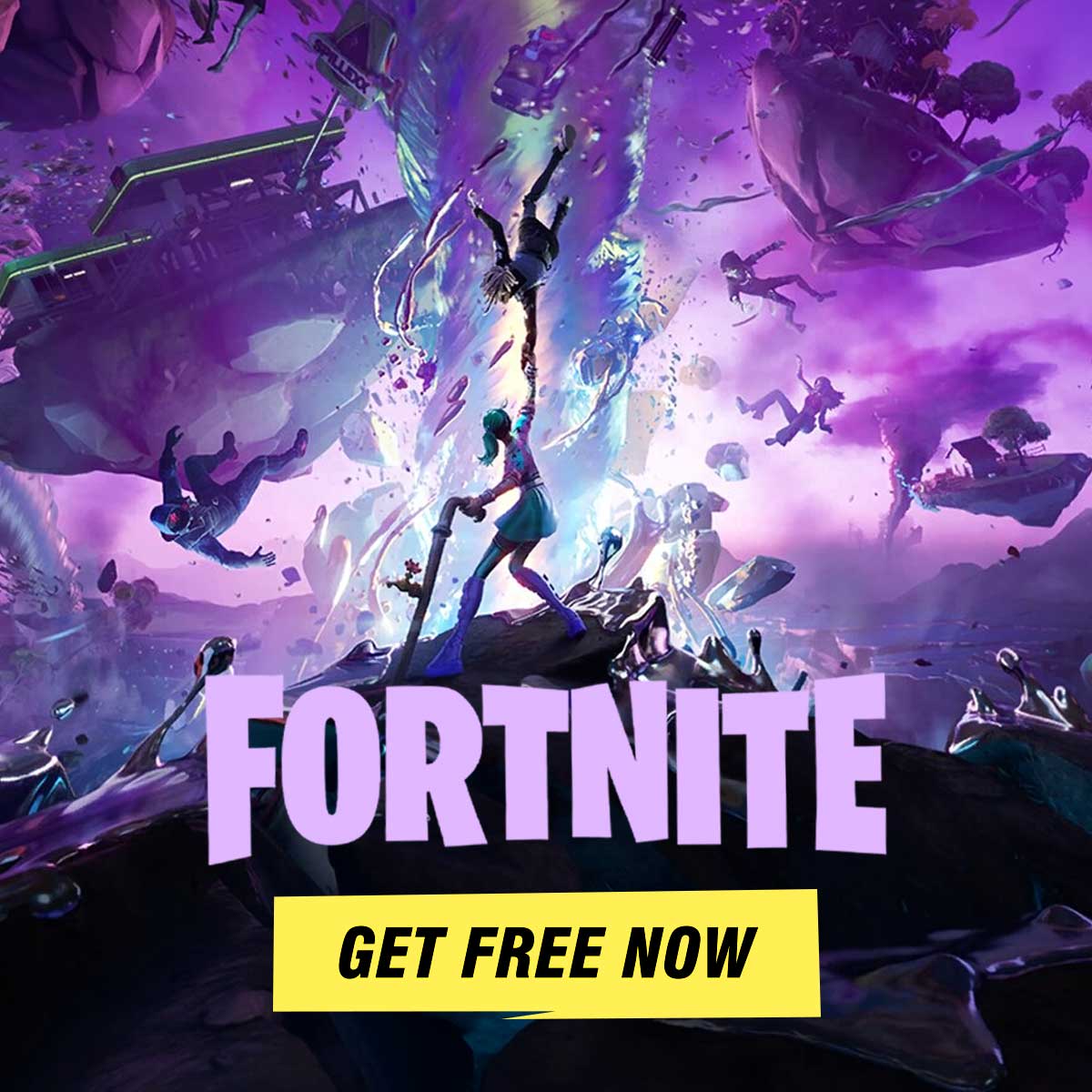Popular Now
Introduction
Fortnite is one of the most iconic and ever-evolving games in modern history. Released in 2017 by Epic Games, it began as a co-op survival game and quickly transformed into a global battle royale phenomenon. With regular updates, crossovers, and community-driven events, staying up to date with Fortnite news is essential for fans and players alike. In this article, we’ll walk through the timeline of Fortnite’s development, major changes, cultural impact, and what lies ahead.
1. The Birth of Fortnite (2011–2017)
Fortnite was first announced by Epic Games in 2011 as a mix between Minecraft-style building and Left 4 Dead-style survival. At the time, few people anticipated just how massive the game would become.
The original concept focused on Fortnite: Save the World, a co-op player-versus-environment (PvE) mode where players built forts to defend against waves of zombie-like creatures called "husks." After years of development and delays, Fortnite's PvE mode was finally released in early access in July 2017.
However, it wasn't Save the World that made Fortnite a household name—it was what came next.

2. The Rise of Fortnite Battle Royale (2017)
Inspired by the rapid success of PUBG, Epic quickly pivoted to develop a free-to-play mode called Fortnite Battle Royale, which launched in September 2017. The new game mode dropped 100 players onto a shrinking map in a last-person-standing showdown.
Key features of Fortnite Battle Royale:
-
Unique building mechanics that let players create structures in real time.
-
A colorful, cartoonish art style that appealed to all ages.
-
Frequent updates that kept the experience fresh and engaging.
This shift in focus catapulted Fortnite into the global spotlight and sparked the beginning of its dominance.
3. Fortnite’s Explosive Popularity and Cultural Takeover (2018)
By early 2018, Fortnite had become a global sensation. The game reached over 125 million players by mid-year and generated hundreds of millions in monthly revenue.
Celebrities like Drake and Travis Scott played Fortnite live on Twitch, boosting its popularity. Memes, dances like the Floss and Orange Justice, and in-game events began entering pop culture.
Highlights of Fortnite in 2018:
-
Massive in-game events like the rocket launch and cube “Kevin.”
-
The introduction of Seasons and Battle Passes.
-
Collaborations with brands like the NFL and Marvel.
It was during this time that Fortnite news began to dominate gaming headlines week after week.
4. Fortnite Chapter 2 and Game Engine Overhaul (2019–2020)
In late 2019, Epic shocked the world by literally ending the original map in a black hole event, paving the way for Fortnite Chapter 2.
Chapter 2 included:
-
A brand-new map.
-
Revamped visuals and swimming mechanics.
-
A cleaner, more modern interface.
In 2020, Fortnite transitioned to Unreal Engine 5, improving the game’s performance and graphical fidelity.
Fortnite news during this era often highlighted the game’s technical growth and ever-evolving narrative. Epic also began experimenting with storytelling in new ways—like the Marvel-themed season that featured a live Galactus battle.
5. Fortnite and the Pandemic Boom (2020–2021)
During the COVID-19 lockdowns, Fortnite saw a surge in both players and viewers. With traditional sports and events on hold, Fortnite became a central digital hangout.
Epic hosted:
-
A record-breaking Travis Scott concert attended by over 27 million players.
-
Virtual parties, movie nights, and concerts inside Party Royale mode.
-
More crossovers with franchises like Star Wars, DC, and Stranger Things.
This period reinforced Fortnite’s status as a metaverse-like platform, not just a game. It was a place for social interaction, entertainment, and creative expression.

6. The Rise of Creative and Competitive Modes
Epic expanded the game's ecosystem by heavily investing in Creative Mode and competitive esports.
Creative Mode allowed players to:
-
Build custom maps and game types.
-
Host mini-games, races, and unique battle modes.
-
Collaborate with others to build virtual worlds.
Fortnite Competitive, meanwhile, featured:
-
Weekly tournaments and Cash Cups.
-
The annual Fortnite Champion Series (FNCS).
-
High prize pools, drawing top players globally.
These additions attracted a new breed of Fortnite news, centered around player rankings, meta changes, and user-generated innovation.
7. Fortnite’s Lawsuit with Apple and Epic’s Legal Stand
One of the most headline-grabbing Fortnite news events came in August 2020, when Epic Games intentionally bypassed Apple’s App Store payment system.
Apple removed Fortnite from the App Store, prompting a lawsuit from Epic. The legal battle, which lasted through 2021 and beyond, raised questions about platform monopolies and digital rights.
Key outcomes:
-
Fortnite remains unavailable on iOS.
-
Epic became a symbol for developer freedom.
-
Court decisions led to broader App Store regulation debates.
While unrelated to gameplay, this saga significantly impacted Fortnite’s brand and industry position.
8. Fortnite’s Return to Form: Chapter 3 and Beyond
Fortnite Chapter 3, launched in December 2021, marked a renewed focus on innovation. It introduced new biomes, weather systems, and mechanics like sliding and sprinting.
By Chapter 4, Epic added:
-
Augments for perks and abilities.
-
Rideable animals, zero-build modes, and reality seeds.
-
More cinematic storytelling and immersive events.
Each season pushed boundaries further, and Fortnite news consistently highlighted the game's ever-changing gameplay experience.
Top additions in Chapter 4:
-
Collaborations with Dragon Ball Z, Attack on Titan, and The Witcher.
-
Unreal Editor for Fortnite (UEFN), offering tools for creators.
-
Continued graphical improvements using Unreal Engine 5.1.
9. Fortnite News in 2024: Innovations and Crossovers
By 2024, Fortnite was less a game and more a digital ecosystem. The latest Fortnite news focused on technological innovation and high-profile brand collaborations.
Notable updates:
-
LEGO Fortnite: A mode blending survival, crafting, and exploration.
-
Fortnite Festival: Music rhythm game inside Fortnite featuring artists like Eminem.
-
Rocket Racing: Competitive driving integrated into the game.
These additions transformed Fortnite into a platform offering multiple genres within one launcher. Players could now jump from building a house with LEGO bricks to winning a high-speed race—all within the Fortnite universe.

10. What’s Next for Fortnite in 2025 and Beyond?
Looking ahead, the future of Fortnite appears even more ambitious. With Epic continuing to push the envelope, players can expect bigger live events, deeper storytelling, and enhanced UGC (user-generated content) tools.
Predictions for 2025:
-
Expansion of Fortnite Creative 2.0 and economy tools for map creators.
-
More brand integrations with fashion, film, and tech.
-
Return to mobile platforms via cloud streaming.
In addition, Fortnite news hints at an upcoming virtual reality mode, which could redefine the gameplay experience entirely.
Epic’s vision of Fortnite as the future of the interactive metaverse is becoming increasingly clear.
Conclusion
From its humble beginnings as a PvE game to a multi-experience entertainment hub, Fortnite has never stopped evolving. The game’s rich timeline, cultural relevance, and continuous updates have made it an unparalleled force in gaming. Whether you’re reading up on the latest Fortnite news, competing in FNCS, or building your dream map in Creative, there’s always something new to explore. In 2025 and beyond, Fortnite remains more than just a game—it’s a global platform for play, creation, and connection.
















